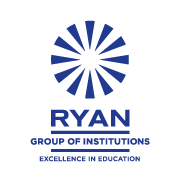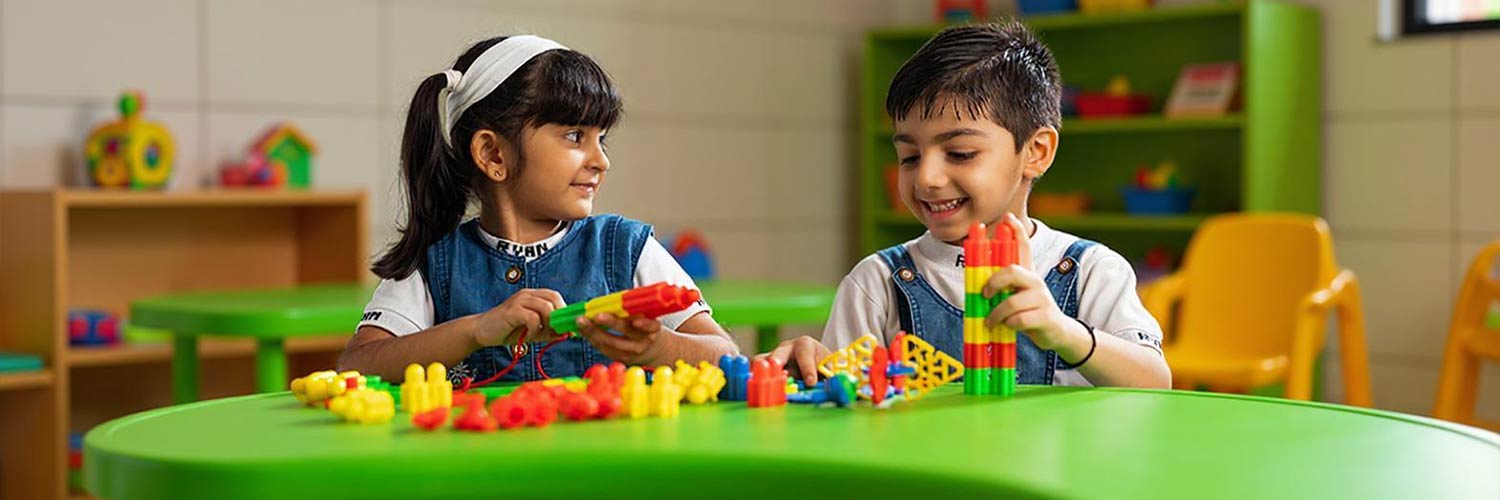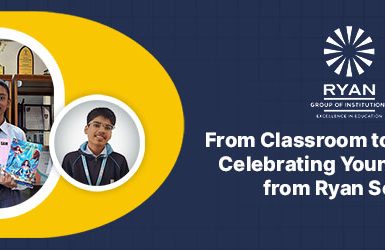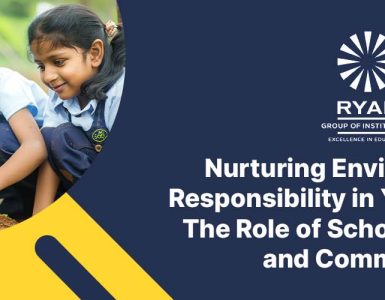Imagine your child running to school not just to meet friends, but to unlock the next level in math, earn a “Science Sleuth” badge, or complete a storytelling quest in English class.
Sounds like a dream? At Ryan, it’s becoming a reality—with the power of gamification.
This approach nurtures the act of hands-on learning and knowledge acquisition by embracing and encouraging an environment based on the foundation of the game like elements of rewards, levels, badges and titles, narratives and player control.
Take a moment, and trace back to your school days. Chances are, you still remember the ABC song, or that quirky rhyme about planets or trigonometry rules. That’s gamification in action. Without even knowing it, we all grew up using playful methods to make learning stick—songs, mnemonics, flashcards, puzzles, and even competitive quizzes.
The chemical marvel, Dmitri Mendeleev, the scientist who gave us the Periodic Table, used a card game to crack one of chemistry’s biggest mysteries. Just a keen card player, Mendeleev wrote facts about elements on individual cards—just like a deck of playing cards—and laid them out on a table. He moved them around like a game, spotting patterns, gaps, and connections. That “game” became one of science’s greatest breakthroughs. Mendeleev wasn’t even a top student growing up. But this creative, personalized method helped him make sense of a complex subject in a way that worked for him and the world.
As parents, we want what’s best for our child, and what’s best lies in years of experiments and trials, proven results, that lead our little ones on a path of future success and driving ambition. Our blog further lays down the educational potential of gamification in the sphere of education, especially at times when seconds of attention spans and concentration capacities have caught us in a cobweb of digitalisation and E-learning.
What is the science behind gamification?
- Roots from holistic cognitive development: It fosters development of lifelong skills like problem solving, critical thinking, social awareness, cooperation, and collaboration leading to motivation in students by increasing their personal interest in certain subjects. Their brains release dopamine—the “feel-good” chemical associated with motivation and reward. This keeps them coming back for more, not out of obligation but excitement.
- Emotion driven learning: Ever wonder why your child remembers a game or story so vividly, but forgets a formula the next day? That’s because emotion fuels memory. When learning feels exciting—like a challenge, a story, or a game—the brain becomes more alert and engaged. It works by triggering dopamine and endorphin release, stimulating the hippocampus for better memory retention, leveraging storytelling for easier information processing, and promoting neuroplasticity to keep the brain cognitively fit.
How does it actually work in education?
In a non-game context like a classroom, gamification can be carefully applied to tailor to the needs of the student, the learning objectives of the subject, the purpose of that particular activity and enhancing certain abilities to support and advance effective learning. The following are some of the popular mechanisms through which the teaching-learning process can be facilitated.
Performance:
- Progress Mechanics (points/badges/leaderboards) : When students can see how far they’ve come (and how far they have to go), it gives them purpose and keeps them moving forward.Points act as indicators of learning that both the student and teacher can refer to track the effectiveness of a lesson, on spot. Badges and leaderboards, on the other hand, are a primary form of positive reinforcement for the student to stand- out from the rest of the students, watching their own progress unfold helps students take ownership of learning. Such games can further be revamped to observe team working skills, in individual and group assignments.
Fiction and Ecological:
- Narratives, characters and player control: When learners feel like characters in a meaningful journey—solving mysteries, completing missions, or navigating challenges—they’re more invested, competitive and intrigued. Giving them control over how they progress, such as choosing tasks or strategies, fosters ownership and curiosity. Add to that the chance to work with peers, and you create a dynamic environment where learning is both social and self-driven. For instance, turning a history lesson into a “time travel quest,” where students explore ancient civilizations through missions, builds deeper understanding through narrative, agency, and teamwork.
- Scaffolding through real time maps:This can be used to set up the classroom with obstacles and objects with indicators of cities, towns and colors to indicate land and sea to understand the concepts of navigation and directions in subjects like Geography.
- Monetary learning and ecological understanding: Teachers can simulate a classroom currency or trading system where students earn, spend, and budget tokens, helping them grasp concepts like value, scarcity, and saving. To teach time pressure, introduce timed missions or “beat-the-clock” challenges—like solving problems within a countdown—to build focus, decision-making, and adaptability under constraints.
The below images capture a wheel of the gamification taxonomy and its further categorisation to be tweaked for different purposes and students. This can be used by parents at home too in the manner listed above, to enhance learning and make homework less tedious and more effective.
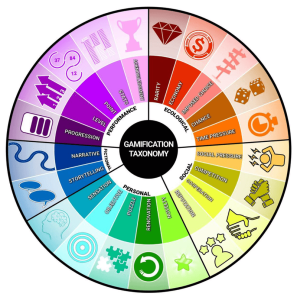
Conclusion:
In this manner, technology is naturally shaped as a driving force behind learning and the development of curricula to suit the dynamic landscape of experiential learning. Gamification allows learning to be more immersive, for both the educators and students, providing instant feedback leading to desired student behavior including attending class, focusing on meaningful learning tasks, and taking initiative by sustaining motivation.
